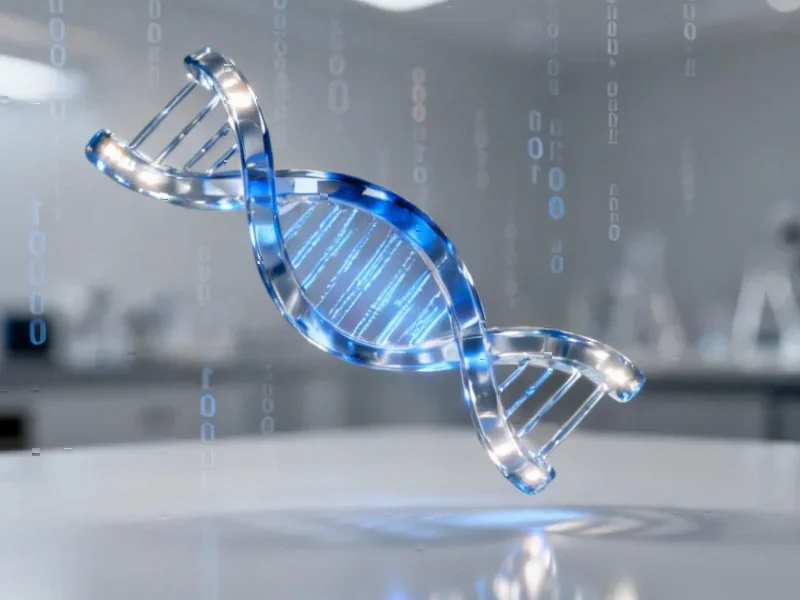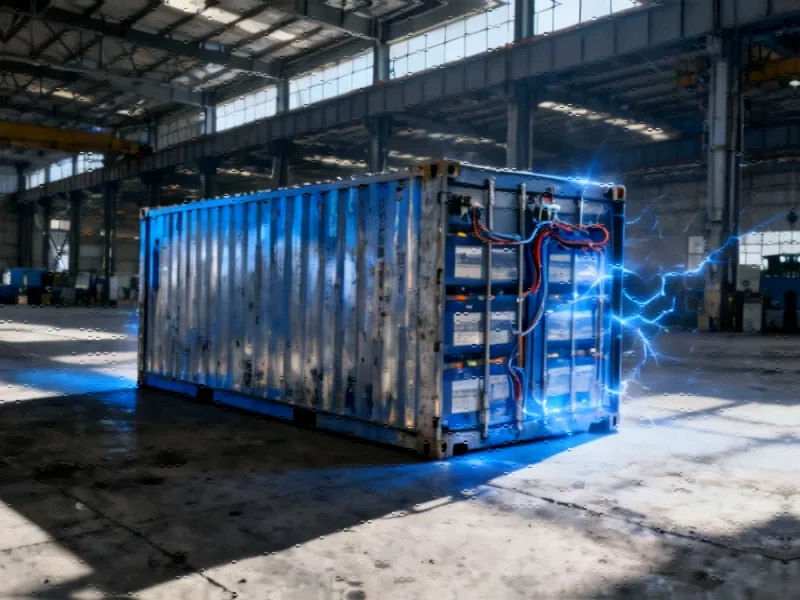Breakthrough in Electrochemical Catalyst Analysis
Scientists have established a universal kinetic framework for determining carbon monoxide adsorption free energies on active sites involved in CO2 electroreduction, according to recent research published in Nature Catalysis. The methodology enables researchers to quantitatively measure how strongly CO molecules bind to catalyst surfaces under operational conditions, a critical parameter that influences the efficiency and selectivity of CO2-to-fuel conversion processes.
Table of Contents
Universal Kinetic Expression Derived
The research team developed a kinetic model that assumes the first electron transfer step serves as the rate-limiting step during CO2-to-CO conversion, sources indicate. This approach remains valid regardless of whether proton transfer is involved in the rate-determining step, according to the report. The derived universal expression connects CO adsorption free energy directly to measurable parameters: the reaction order with respect to CO and the local CO concentration near the electrode surface.
Analysts suggest this represents a significant advancement because the expression applies whether the rate-limiting step involves CO adsorption or concerted proton-electron transfer. The methodology remains applicable across various CO-producing catalysts including gold, copper, and cobalt phthalocyanine systems, the research demonstrates.
Experimental Validation and Methodology
Researchers employed a rotating ring-disk electrode (RRDE) voltammetry approach due to its unique capability to simultaneously quantify both CO reaction orders and local CO concentrations during CO2 reduction. The report states that this method uses a gold ring electrode as a highly sensitive CO detector, enabling precise measurement of CO evolution rates from the disk electrode.
Experimental conditions were carefully controlled to ensure the system remained under kinetic control rather than mass transport limitations, according to the analysis. A rotation rate of 1,600 rpm was utilized to minimize mass transport effects, with data obtained at lower rotation rates excluded from kinetic analysis due to potential interference from hydrogen evolution reactions.
Cation Effects on CO Adsorption
The research reveals that cation identity and concentration significantly influence CO adsorption strength during electrochemical processes. Experiments conducted in lithium, sodium, and potassium bicarbonate electrolytes showed distinct adsorption behaviors, analysts suggest. Carbon monoxide adsorption proved strongest in the presence of lithium cations and weakest with potassium cations under identical conditions.
Furthermore, increasing sodium cation concentration from 0.1 M to 0.5 M enhanced CO adsorption on gold by approximately 0.07 eV at -0.6 V, the report states. This finding aligns with previous theoretical work emphasizing the importance of explicitly accounting for cation effects in CO2 reduction reactions, as cations can influence interfacial electric fields that affect even neutral adsorbed intermediates like CO.
Surface Structure Dependence
The study demonstrates significant variation in CO adsorption behavior across different crystal surfaces. Gold surfaces with under-coordinated sites, such as Au(110), showed substantially stronger CO adsorption compared to close-packed terraces like Au(111), according to the analysis. The reaction order measured on Au(110) was -0.48, while Au(111) displayed a near-zero reaction order, indicating much weaker CO binding on the latter surface.
Notably, polycrystalline gold exhibited similar CO adsorption characteristics to Au(110), suggesting that under-coordinated sites likely serve as the active sites for CO2-to-CO conversion on practical catalyst materials, the research indicates.
Comparative Analysis Across Catalysts
Measurements revealed that CO adsorption free energies follow the trend: copper (-0.28 ± 0.03 eV) < copper-zinc (-0.23 ± 0.02 eV) < gold (-0.17 ± 0.01 eV) ≈ cobalt phthalocyanine (-0.17 ± 0.02 eV) in 0.1 M potassium bicarbonate at -0.6 V. The report states that while this trend aligns with computational predictions from vacuum conditions, the actual differences between metals are relatively modest in electrochemical environments.
A particularly significant finding, according to analysts, is that copper’s unique ability to produce multi-carbon products cannot be explained solely by the CO adsorption energy of its CO-producing active sites. Despite similar CO adsorption energies, ethylene formation occurs on copper but not on gold or cobalt phthalocyanine catalysts, suggesting additional factors control multi-carbon product formation.
Broader Implications and Applications
The research establishes that CO adsorption at electrode-electrolyte interfaces is considerably more complex than at metal-vacuum interfaces, influenced by multiple factors including catalyst type, surface structure, applied potential, cation identity, and cation concentration. The kinetic framework developed enables researchers to decipher active sites on complex catalyst surfaces by comparing experimental data with well-defined single-crystal surfaces.
This methodology provides a powerful tool for designing more efficient CO2 electroreduction catalysts and understanding the fundamental processes governing reaction selectivity, analysts suggest. The approach could accelerate development of sustainable fuel production technologies by enabling precise optimization of catalyst-adsorbate interactions under operational conditions.
Related Articles You May Find Interesting
- Helsinki’s Donut Lab Strengthens E-Mobility Ecosystem Through Strategic Stake in
- Inside xAI’s Hollywood Training Ground: How Copyrighted Films Fuel the AI Video
- Deep Learning Strategy Becomes Essential for IT Leadership, New Industry Report
- Aon’s Unified Insurance Solution Accelerates Digital Infrastructure Deployment W
- China’s Economic Trajectory and Policy Measures Analyzed by PBOC Adviser Huang Y
References
- http://en.wikipedia.org/wiki/1955_Cornwall_MRC_Formula_1_Race
- http://en.wikipedia.org/wiki/Rate_equation
- http://en.wikipedia.org/wiki/Desorption
- http://en.wikipedia.org/wiki/Equilibrium_constant
- http://en.wikipedia.org/wiki/Electron_transfer
This article aggregates information from publicly available sources. All trademarks and copyrights belong to their respective owners.
Note: Featured image is for illustrative purposes only and does not represent any specific product, service, or entity mentioned in this article.



